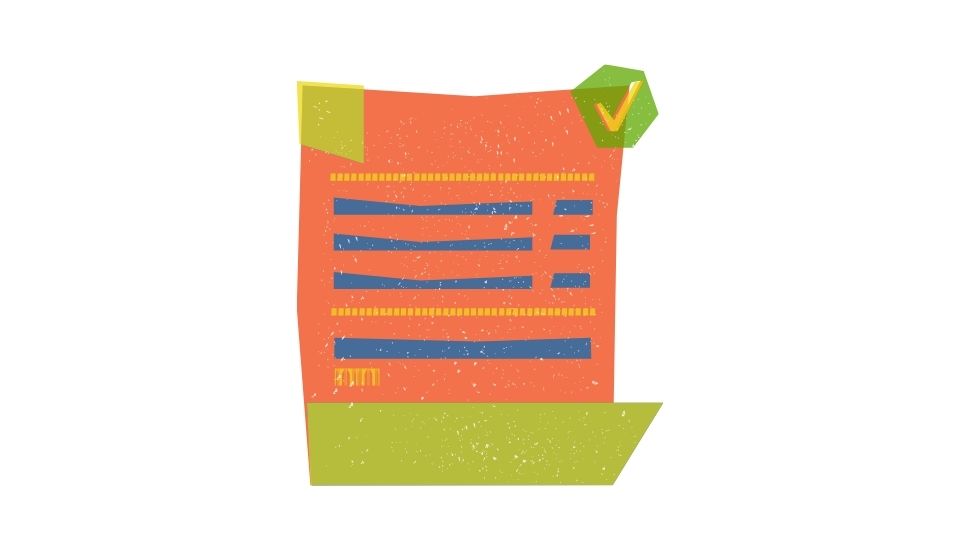Tired of obsessing over every calorie but still want to track your food? Let me tell you, there’s a better way.
Calorie counting can feel like a part-time job – weighing food, scanning barcodes, and stressing over that cookie you “shouldn’t” have eaten. But what if I told you that you could track your nutrition without the number-crunching madness?
The truth is, many people find calorie counting tedious, unsustainable, and sometimes even unhealthy for their mental relationship with food.
And guess what? Calorie estimates can be off by 20-30% anyway! So all that precision? Not as precise as you think.
Let me show you how to track your food intake while preserving your sanity.

7 Ways to Track Food Without Obsessing Over Calories
1. Write it down (without the numbers)

Food journaling doesn’t have to mean tracking every macronutrient to the gram. Simply writing down what you eat creates awareness about your habits without the stress of calorie math.
Try this approach:
- Jot down what you eat in a notebook or notes app
- Add rough portion sizes (e.g., “palm-sized chicken breast”)
- Note how you felt before and after eating
- Include the time of day
This simple practice helps you spot patterns like stress eating or skipping meals without obsessing over numbers.
Research shows that people who keep food records are more successful at weight management, even without counting calories.
2. Use your hands as portion guides
Your hands come with you everywhere (convenient, right?). They’re also proportional to your body size, making them perfect built-in measuring tools for portion control.
Here’s your hand-y guide:
- Protein (chicken, fish, tofu): Palm-sized portion
- Carbs (rice, potatoes): Cupped hand
- Fats (oils, nuts): Thumb-sized portion
- Veggies: Two fists
This method is perfect for real-world eating. No food scale needed at restaurants! And it naturally scales with your body size – larger people with larger hands get larger portions, which is generally appropriate.
3. Focus on food quality instead of calories

Not all calories are created equal. 2,000 calories of Twinkies and soda will affect your body very differently than 2,000 calories of chicken, vegetables, and sweet potatoes.
Try these quality-focused strategies:
- Eat protein first at each meal (helps with fullness)
- Fill half your plate with non-starchy vegetables
- Choose whole foods over ultra-processed options
- Drink water before and during meals
This approach naturally helps control calories without counting them because whole, nutrient-dense foods are typically more filling with fewer calories.
Studies show that diet quality matters more than calories for long-term health.
4. Practice mindful eating
How you eat is just as important as what you eat. Mindful eating means paying full attention to your food and the eating experience.
Mindful eating habits:
- Put your phone away during meals
- Chew each bite thoroughly
- Pause halfway through your meal to check fullness
- Stop eating when satisfied, not stuffed
This practice helps you naturally eat appropriate amounts without measuring because you’re tuning into your body’s hunger and fullness cues.
One research review found mindful eating strategies led to weight loss in 86% of studies examined.
5. Track your results, not just your food
If you’re trying to change your body composition, regular progress checks give you feedback without calorie counting obsession.
Consider tracking:
- Weekly weigh-ins (same day, time, and clothes)
- Monthly body measurements
- Progress photos (same lighting and pose)
- Energy levels and workout performance
- How your clothes fit
These metrics tell you if your current eating approach is working without micromanaging every bite. Adjust your portions or food choices based on results, not arbitrary calorie targets.
6. Use technology that works for you
Not all food tracking apps are calorie-obsessed. Some newer apps focus on overall eating patterns and quality rather than precise numbers.
Tech options that avoid calorie fixation:
- Photo-based meal logging
- Text-message tracking systems
- Apps that track portions visually
- Tools that focus on meal timing and habits
For example, some apps let you simply text your meals and give you general nutritional insights without requiring you to look up every ingredient and quantity.
This creates awareness without the time-consuming aspects of traditional tracking.
7. Build consistent eating routines

Creating regular eating patterns can eliminate the need for constant tracking.
Try these routine-building strategies:
- Eat meals at consistent times
- Develop 5-10 go-to breakfast and lunch options
- Create a weekly dinner rotation
- Prep similar meals in advance
When you establish regular eating patterns with meals you know work for your body, you don’t need to track everything because you’re essentially eating “on repeat” with meals you’ve already figured out.
Which approach is right for you?
The best method depends on your goals and personality:
- For weight loss: Hand portions + weekly weigh-ins
- For better nutrition: Food quality focus + photo logging
- For sustainable habits: Mindful eating + consistent routines
- For data without obsession: Text-based tracking + progress metrics
And remember – you can combine approaches! Use hand portions when eating out, food journaling when trying new recipes, and progress tracking to see if everything’s working together.
The goal isn’t perfect tracking; it’s consistent awareness that helps you make better choices most of the time.
So if calorie counting is driving you crazy, try these alternatives. Your sanity (and your relationship with food) will thank you.




Leave a Reply